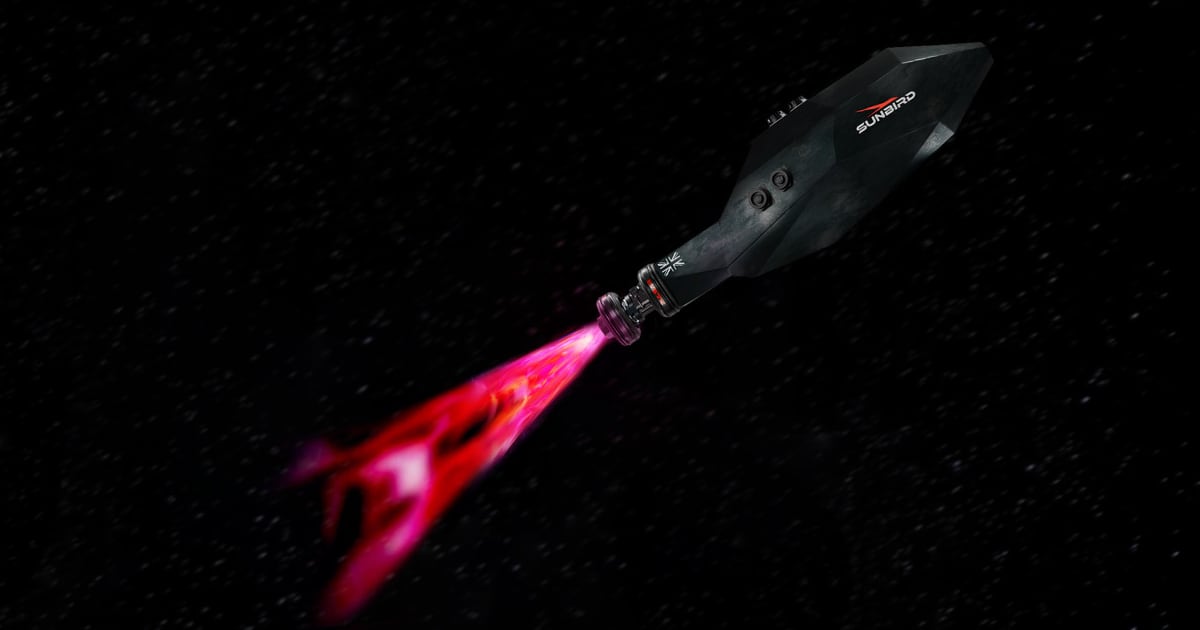Pulsar Fusion has developed the Sunbird fusion rocket engine, it cuts the journey to Mars in half

After a decade of secret development, the British company Pulsar Fusion has unveiled its revolutionary Sunbird fusion rocket. This is a new generation of space propulsion that could cut the flight time to Mars in half and make interplanetary missions much more efficient.
What is Sunbird?
The Sunbird is an experimental fusion rocket engine that could radically change the approach to space travel. Unlike traditional engines, Sunbird uses nuclear fusion to produce significantly more thrust and efficiency.
Main advantages:
- Significant reduction in flight time - a trip to Mars could take half the time.
- Modularity - Sunbird is designed to be used as a tug that can transport large spacecraft.
- High energy efficiency - the fusion engine provides high momentum and low fuel consumption compared to chemical engines.
- Global strategic importance - the UK is strengthening its position as a leader in space technology.

The Sunbird fusion rocket engine. Illustration: Pulsar Fusion
What are the prospects for Sunbird?
Although it is only a concept, Pulsar Fusion is already planning in-orbit testing.
- The first stage is to test the power system by the end of 2025.
- By 2027, it will test nuclear fusion in space.
If the development is successful, Sunbird could become the basis for a new generation of space tugs. Its design allows it to stay in orbit and help international partners in interplanetary missions.
What's next?
On 11 March, at the Space-Comm EXPO in London, Pulsar Fusion will officially present Sunbird to a wide audience for the first time. Among the speakers will be world-renowned physicist Professor Brian Cox.

The Sunbird fusion rocket engine. Illustration: Pulsar Fusion
Why It Matters
The Sunbird project is not just another space engine. It is a potential UK bid for leadership in a new era of space exploration, where nuclear fusion could become the main source of energy for future missions. If the technology lives up to expectations, humanity will be even closer to colonising Mars and travelling beyond the solar system.
Source: Pulsar Fusion